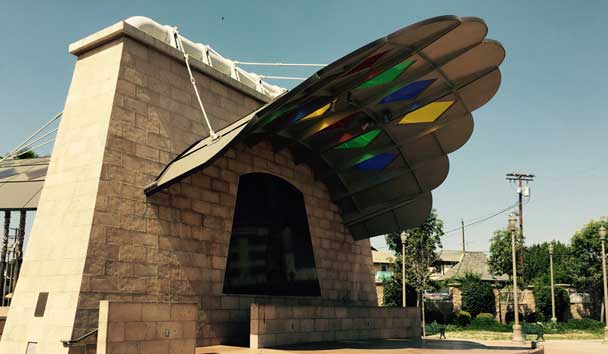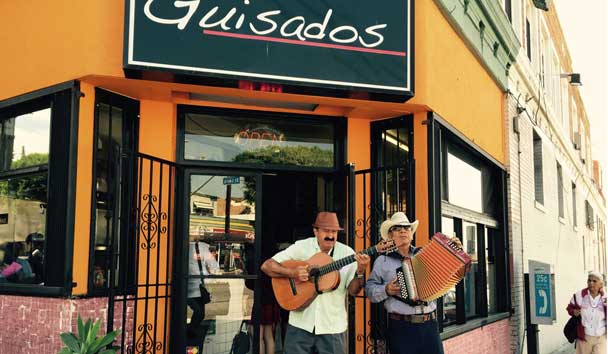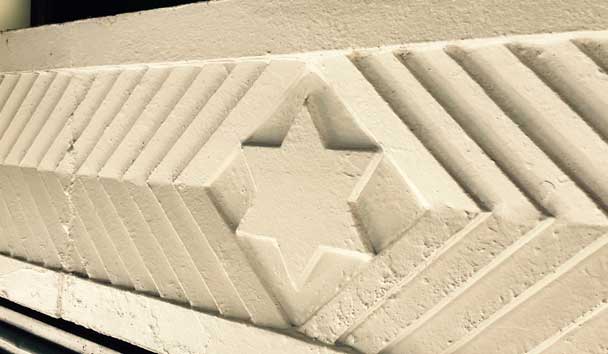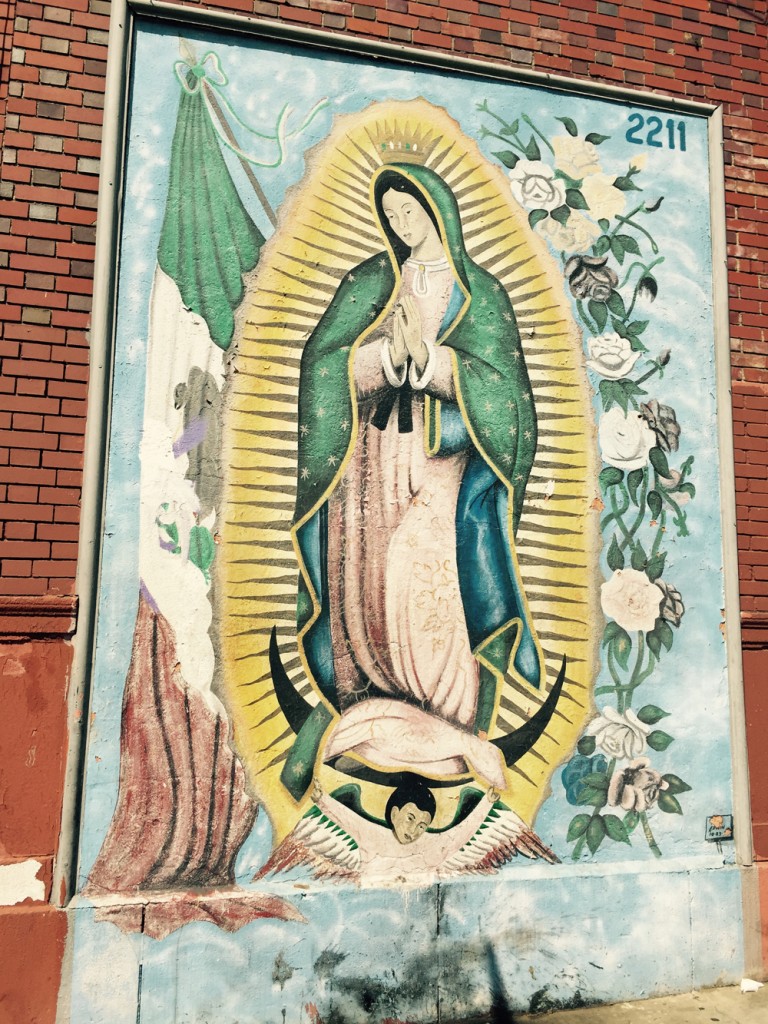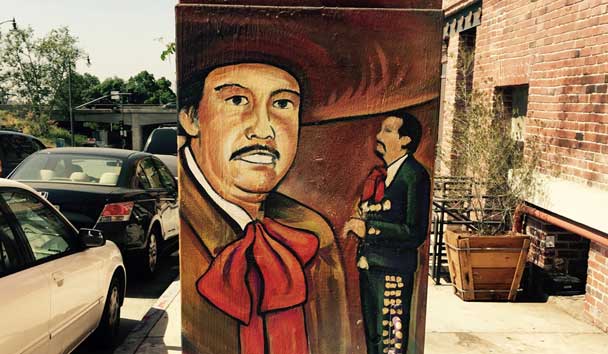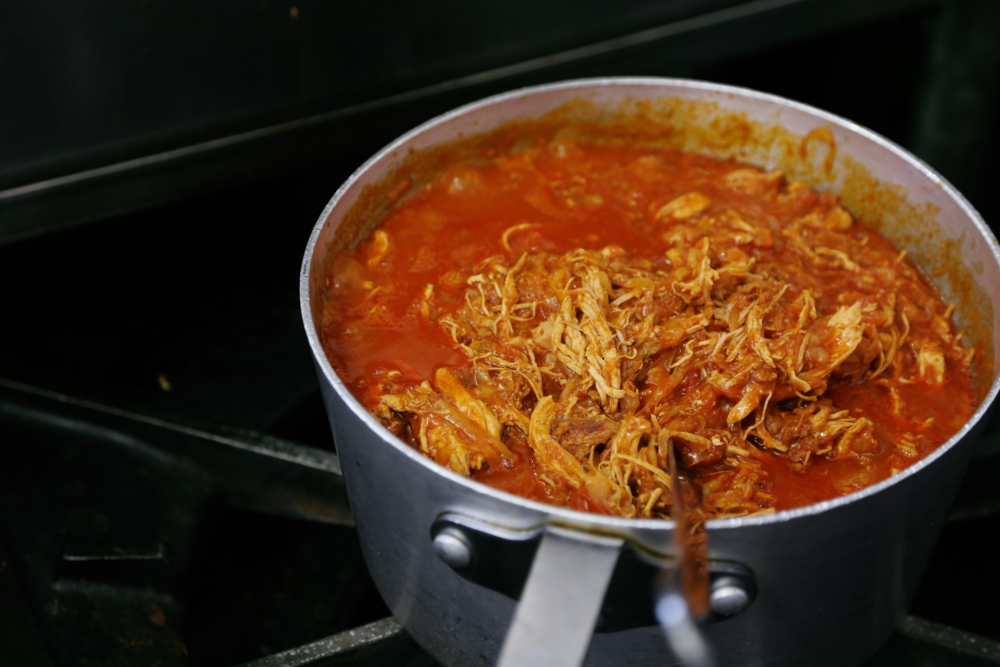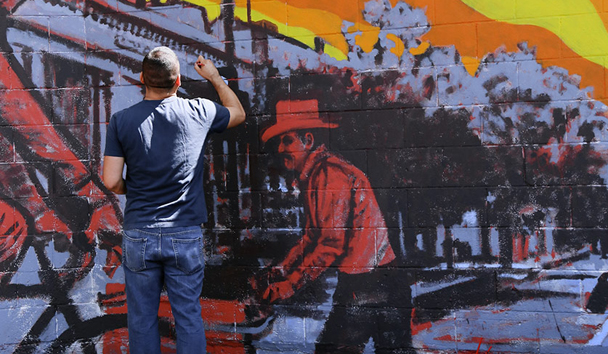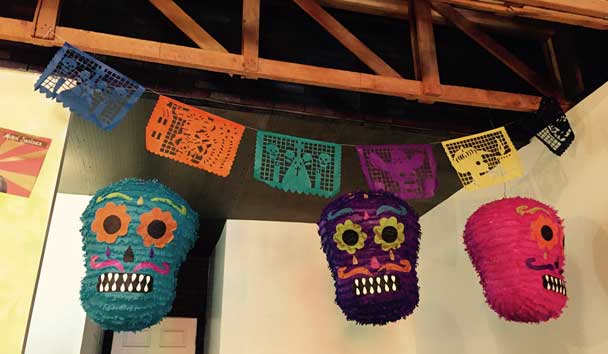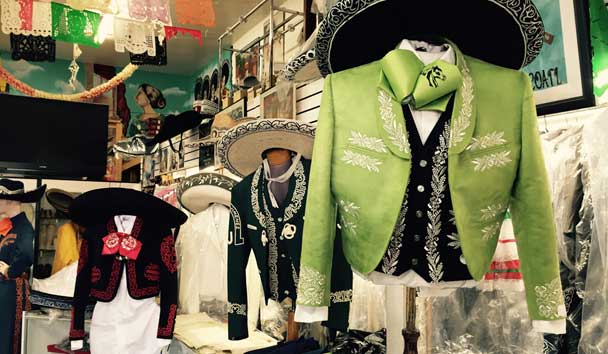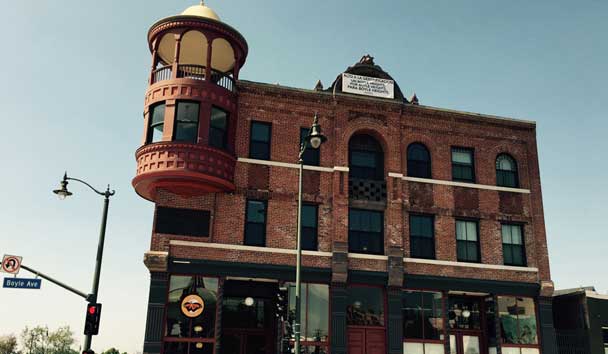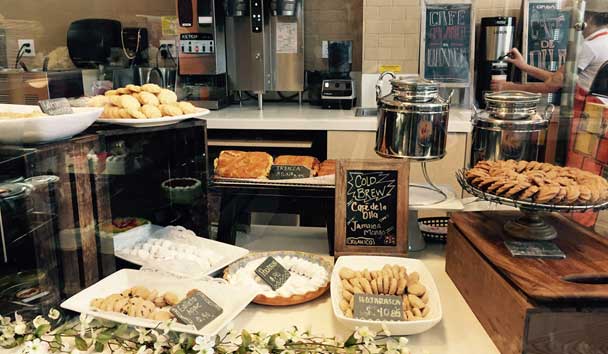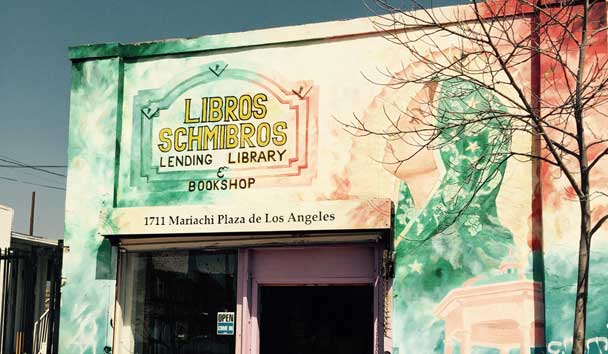Historically home to Jewish-Americans, Mexican-Americans, Asian-Americans and other immigrant groups, Boyle Heights—named for early Irish immigrant land owner Andrew A. Boyle—is a great example of the kind of only-in-LA mash-up that makes our city special. Though vestiges of the Jewish and Asian communities remain, today this bustling neighborhood is an important hub for Los Angeles’ vibrant Latino community.
As Boyle Heights celebrates its 140th anniversary this year, and grumblings about gentrification are in the news and on the streets, now is an excellent time to visit this fascinating neighborhood and explore both its past and the contemporary scene.
The most prominent remains of the Jewish community of Boyle Heights, which back in the 1920s and 30s was the largest Jewish community west of Chicago, is most impressively displayed at the Breed Street Shul (247 N. Breed Street), one of the oldest synagogues in Los Angeles.
You can’t quite tell from the front, but two buildings are situated on the site. The first, completed in 1915, is a wood clad structure at the back of the lot that includes a sanctuary, kitchen, and other gathering spaces, and has been fully restored. The synagogue you see from the sidewalk, an impressive brick edifice that dates to 1923, is undergoing restoration. The site can be toured in groups by appointment, and is also open for special community events throughout the year, including some to be announced for this summer.
From the shul walk over to Cesar Chavez Avenue, which was renamed in 1994. As you stroll this boulevard of restaurants, botanicas, and mom-and-pop shops, watch for colorful murals on nearly every block, including a beauty of the Virgin of Guadalupe, a devotional image so beloved that it has become a potent symbol of Mexican identity and culture.
It’s also intriguing to scout for clues that a Jewish community flourished here back when the street was called Brooklyn Avenue. We discovered several architectural features that hinted at the Jewish past of this busy thoroughfare, including a Star of David decorative motif in a storefront archway and several vintage terrazzo entryways and signs that still displayed the names of their earlier incarnations, like Zellman’s (a men’s suit store that closed in 1999 after 78 years in business) and Solnit Bootery (now Aguirre Shoe Store, 314 E. Cesar Chavez Avenue).
And what’s with the line out the door at the corner of Cesar Chavez and St. Louis Street? Lucky you, you’ve located the original Guisados (2100 E. Cesar Chavez Avenue), where since 2010 taco lovers have flocked for what reviewers call one of LA’s most essential taco experiences and what foodies have made one of the most Instagrammed meals in town. The restaurant has a Featured Artist program that is as good as the food.
Next, head over to the 1st Street Arts District (it’s walkable, but if you drove rather than took the Metro, which has a stop at Mariachi Plaza, you might want to move your car).
The corridor, whose renaissance was partially spurred by the opening of the Gold Line rail extension, includes the Casa 0101 Theater (2102 E. 1st Street) offering live theater and acting classes, the acclaimed Mexican seafood restaurant La Serenata de Garibaldi (1842 E. 1st Street), and Spacio 1839 (1839 E. 1st Street), a cool store featuring a selection of books—including a sweet children’s sections—records, apparel, and art, all with a Latino flair.
Don’t miss the enchanting La Casa del Mariachi (1836 E. 1st Street), which rents and sells elaborate charro garments made on site, including handsomely embellished suits for men, flowing lacy dresses for women, colorful hats, accessories, and more. You can tell their clientele are nearby; it seems like every third person walking past is carrying an instrument of some kind! Por supuesto, that’s because Mariachi Plaza is just up the block.
On Mariachi Plaza you can experience part of the living history of this Latino community. Since the 1930s, musicians have gathered here in their elegant ensembles, waiting to be hired to play music at restaurants, parties, and community events. Many of the musicians live across the street in the historic 1889 Boyle Hotel, better know as “Mariachi Hotel” where a new La Monarca Bakery (101 N. Boyle Avenue) now graces the ground level.
Originally from Mexico, this chain has cropped up in several spots around the city, and is a lovely place to enjoy Mexican coffee, pan dulce, and delicate cookies.
On the Plaza itself, be sure to visit Libros Schmibros, a cheekily named (“libros” is Spanish for books, “schmibros” is a psuedo-Yiddish nod to the neighborhood’s history) lending library and bookshop that has become an important part of the area’s cultural landscape. Check their calendar for upcoming events, including poetry readings on the Plaza. Next door at J&F Ice Cream Shop children will have fun sampling the Mexican snow cone known as raspado.
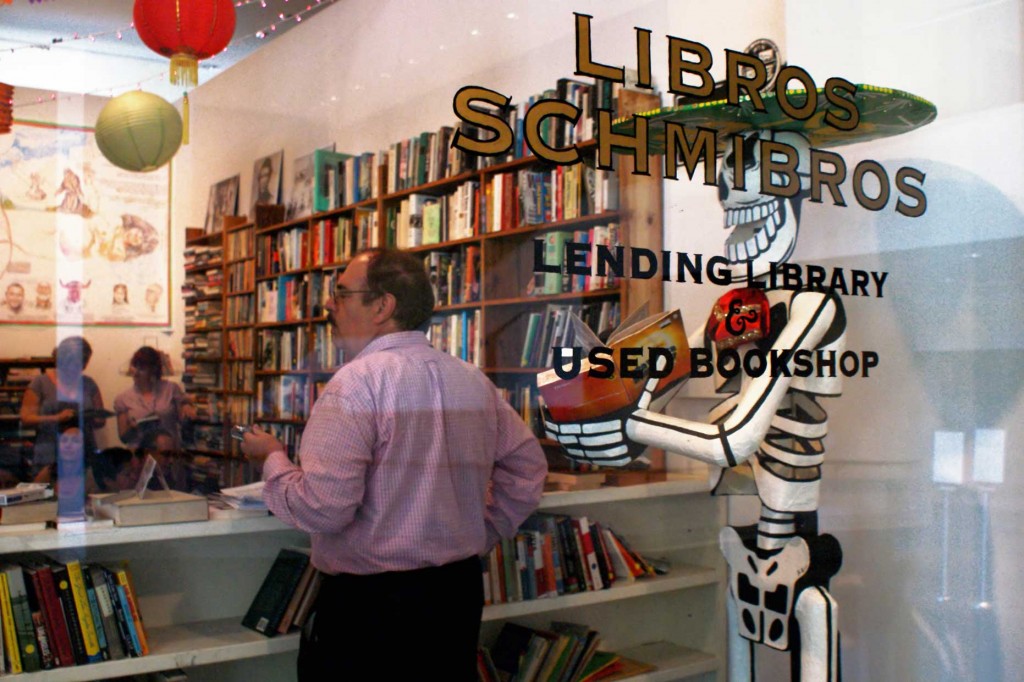
Ready to relax in the shade while the kids run around a bit? Head over to Hollenbeck Park (415 S. Saint Louis Street), where grassy hills slope toward a beautiful lake. This lush oasis has served the community since 1892, and you’ll appreciate seeing the stately homes that grace the streets in the surrounding area.
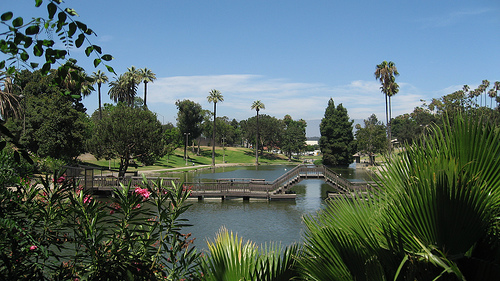
The charms of Boyle Heights are now gaining notice far beyond the area’s physical boundaries. To the consternation of some, properties are being gentrified, and restaurateurs and developers are eyeing the neighborhood. But locals have pulled together and proven to be a force to reckon with; they successfully fought a Mariachi 5K (deemed disrespectful) and a major development on iconic Mariachi Plaza that would have displaced the small shops currently there. No doubt change will come to Boyle Heights as it has time and again, so it’s an opportune moment to visit this historic and evolving LA neighborhood.
Written by Stacey Abarbanel

